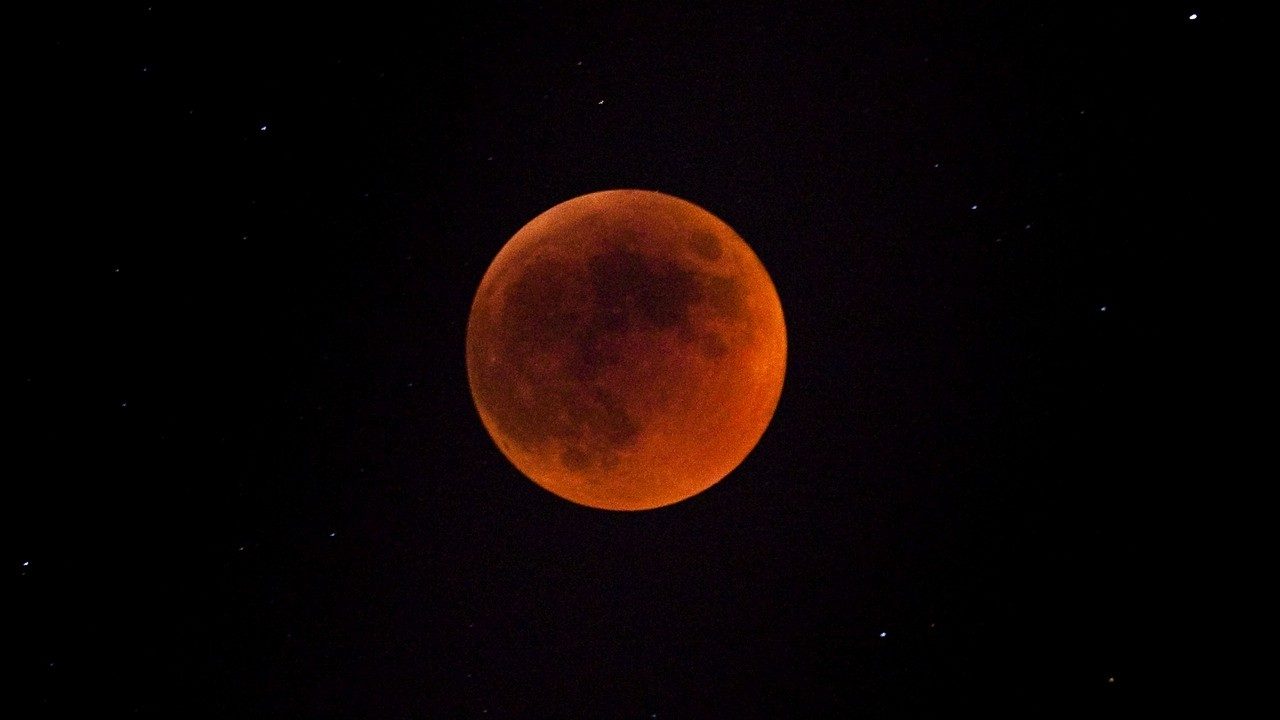New Delhi: Brace up for the first Lunar Eclipse of the year. On January 10, several parts of the world will see another great celestial event – the “Wolf Moon Eclipse”, the first of the four penumbral lunar Eclipse of 2020, also called Chandra Grahan in Hindi.
Indians can also enjoy the celestial phenomenon when the moon drifts into the Earth’s shadow this Friday. A total of three types of eclipses exist – total, partial and penumbral. While in total lunar eclipse often called a “blood moon” the moon enters the Earth’s central shadow, its umbra; A partial lunar eclipse is when only a small part of the Moon is covered by the Earth’s umbra — but three celestial bodies are still aligned in an almost straight line creating a dark shadow. In a penumbral lunar eclipse, the moon drifts into Earth’s outer shadow called the Penumbra.
Unlike other eclipses, the penumbral eclipse is a very subtle celestial event and can be a bit hard to see as the shadowed part is only a little bit fainter than the rest of the Moon.
Information on Penumbral Lunar Eclipse (Chandra Grahan) And Its India Time:
Lunar Eclipse (Chandra Grahan) India Time:
The Penumbral Eclipse will begin on January 10 at 5:07 pm and end at 10:37 pm. The maximum eclipse will exactly occur on January 10 at 7:10 pm and end on January 11 at 12:40 am. The Penumbral Eclipse would end on January 10 at 9:12 pm and January 11 at 2:42 am.
Lunar Eclipse Duration:
The total duration of the Lunar Eclipse would be 4 hours and 5 minutes.
Where Will Lunar Eclipse Be Visible:
The January Lunar Eclipse can be seen from Europe, Asia, Australia, Africa, Much of North America, East in South America, Pacific, Atlantic, Indian Ocean, and the Arctic.
Unlike Solar Eclipse, you do not need any special instrument to view the lunar eclipse and it can be enjoyed with naked eyes.
When Will Next Lunar Eclipse Take Place?
After January 10, the next three penumbral lunar eclipses of the year will take place on June 5, July 5 and November 30.
Where to see the Lunar Eclipse in India?
In Delhi, Uttar Pradesh, Punjab and other northern states of India the penumbral lunar eclipse will not be visible much due to clouds, cold weather rain, and snowfall. However, people living in southern India will be able to view it better. However, through the naked eye, the impact of the eclipse on the Moon will be difficult to see.
Also, as only the outer shadow (the penumbra) will fall on the Moon during the Chandra Grahan, whereas the inner, more intense shadow (the umbra) will not. Therefore, the peak of the eclipse will be harder to discern.

















